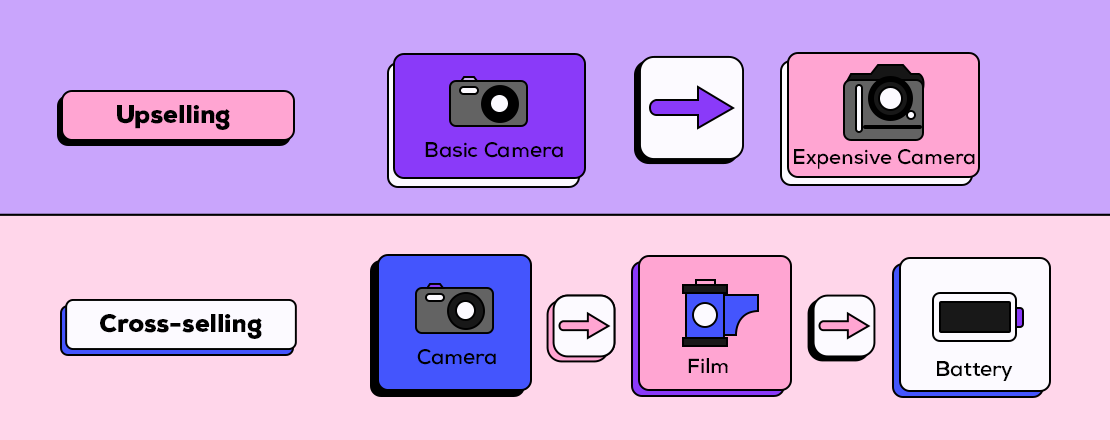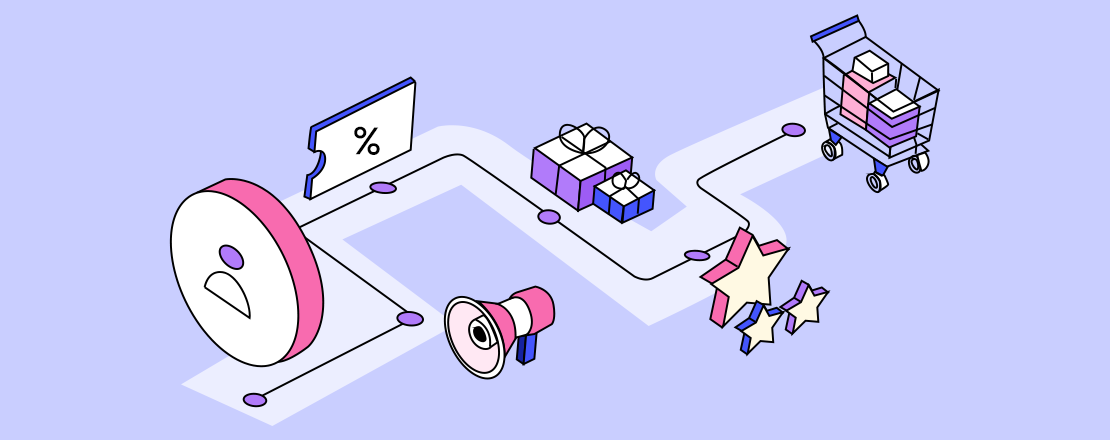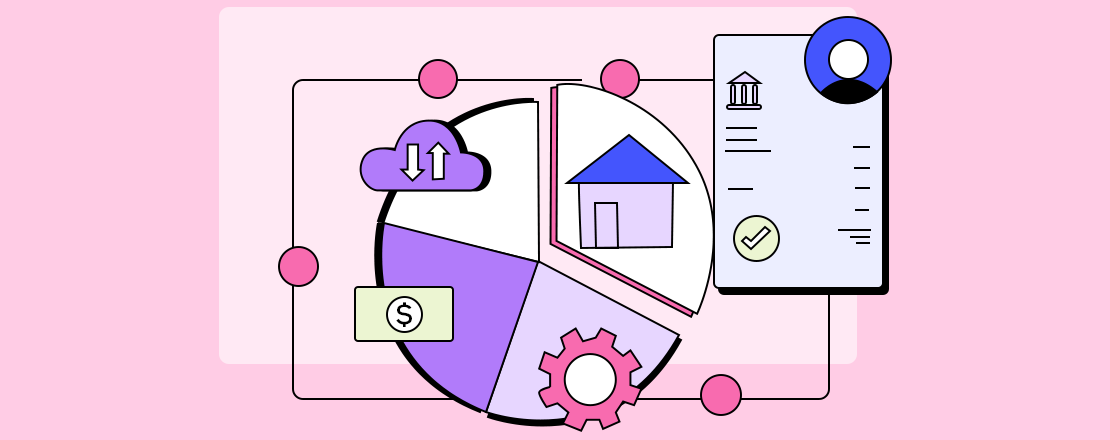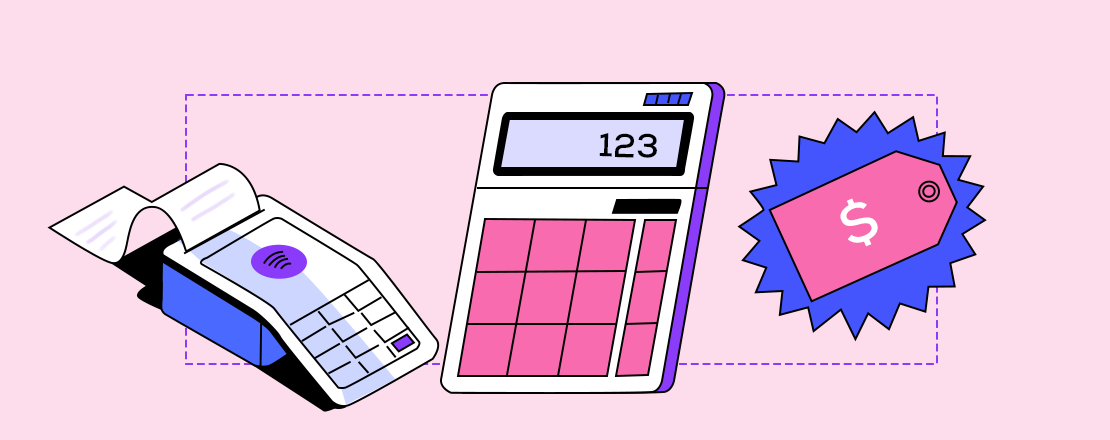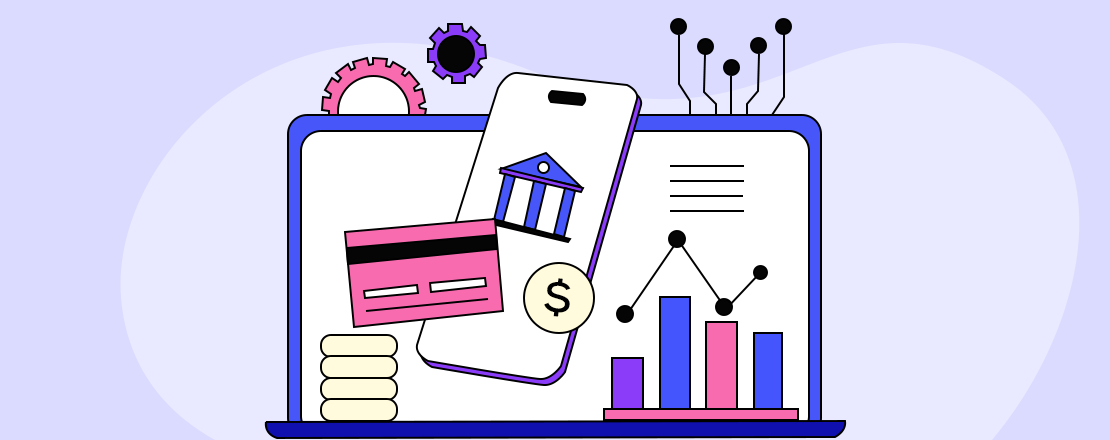In continuation of our last article about POS financing, this one explores the growth of ‘buy now, pay later’ over the years.
This blog is the second in a series about point-of-sale (POS) financing, discussing how ‘buy now, pay later’ (BNPL) has grown in popularity, why it impacts credit cards, and whether the industry is in a position for continued traction. Read part one here.
In our previous blog, we outlined the journey of POS financing from layaway to credit cards. Back in the day, it was common practice to walk into a store and put items on layaway. People used to put down a deposit, make payments over time, and collect their items after making all the payments.
“It was hardly an exaggeration to say that the American standard of living was bought on the installment plan.” – Daniel Boorstin, historian
From pay first to pay later
The four words ‘buy now, pay later’ are pretty self-explanatory, but for those who are still wondering what it is, let us briefly explain.
Buy now, pay later is a checkout process, which allows consumers to spread out their payments on a purchase over weeks or months. The merchant receives the amount in much the same way as a credit card. The checkout provider arranges the payment to the merchant and a loan to the consumer.
So, what is the benefit? Not having to shell out a lump sum amount.
How cool can it be to receive items worth $500 as soon as the order is placed and pay the amount as per your convenience? Besides, for the merchant, it increases the incentive for a customer to make the purchase by providing options.
By spreading the cost over months, consumers have efficient access to credit – they can manage their finances effectively without having to compromise the instant gratification of making immediate purchases.
So, is BNPL new?
The answer is “No” – BNPL has been with us for decades and is not a new concept, notes Mark A. Cohen, director of retail studies at the Columbia University Graduate School of Business, underscoring that the practice has been the underlying basis of consumer credit since World War II.
Buy now, pay later takes on credit cards
In the early 2000s, when we were spending a lot of money online, and e-commerce growth rates were swelling, there existed one problem: where was the layaway? Suddenly, the world could buy just about anything using credit cards. But that anything came at a price: exorbitant interest rates on credit cards.
Still, we enjoyed shopping online, so we endured it. But, in 2005 came Klarna1 – a Swedish company that promised the ability to buy now and pay later option with zero or very little interest.
In the United States, there was Paypal Credit and Affirm growing as one of the preferred BNPL payment options. Down under in Australia, Afterpay and zipPay were taking the e-commerce industry by storm. Each of these businesses offered their own terms and conditions and had different methods of spreading the costs. We will discuss the business models of each of these in one of our forthcoming articles.
A generation that has never embraced debt like their predecessors were drawn towards BNPL services. The reason being – its ability to enforce spending discipline, attracting a budget-conscious customer. Also, Millennials did not want to live off credit cards, but often they couldn’t or didn’t want to put off big-ticket purchases.
Since that time, BNPL has enjoyed astronomical growth in popularity. It is so popular, in fact, that the market is set to grow massively, potentially doubling its market share by 20232. In the US, it represents a more than $1.8 trillion opportunity, according to Accenture3.
BNPL is a win-win – customers get the instant gratification of a purchase without paying high interest rates, and retailers get more customers on account. These ‘best of both worlds’ benefits are satisfying the demand for a seamless checkout and driving the increase in consumer adoption.
Satiating the thirst for seamless checkouts
BNPL companies have pushed consumers through a checkout integration with a credit-checking process that allows them to be approved for the installments. Once the consumer pays via a BNPL option, the retailer is paid upfront and eliminates its exposure to associated risks with the repayments.
It is not hard to see why BNPL is so successful. It brings payments forward, enables you to shop, and spread the cost of a big purchase into smaller and manageable payments. It also reduces the barriers to shopping as it does not require you to part away with hard-earned money at the point of sale. The simplicity of frictionless shopping has generated loyal customers.
With billion dollars in loan volume and countless brands offering BNPL, the option is clearly gaining traction. Not only is it helping brands increase sales, but is also helping already–indebted consumers get a better night’s sleep.
This space is now growing and is showing a far greater success rate for retailers. According to a study, 38% of consumers are now using BNPL solutions. While these payment products do sometimes charge interest, these can be cheaper than credit card APRs (Annual Percentage Rate). Meaning the cost is perceived by consumers as being manageable due to installment payments.
More to the point, pay later solutions are also just great for managing cashflow and avoiding overspending — the benefits that made layaway so popular in the past. They further allow consumers to take their purchases home straight away, giving them instant gratification, but without the associated costs.
And this benefit to consumers is being recognized by retailers as well – 16% of the retailers plan to start4 accepting them in the next two years. With increased adoption by retailers, pay later solutions are becoming the layaway replacement the modern consumer needs.
1 Klarna: 15 years of making shopping Smooth
2Forbes: Buy Now, Pay Later Schemes To Double Their Market Share By 2023
3Accenture: Banks Risk Losing US$280 Billion in Payments Revenue by 2025
4Paysafe: Lost in Transaction 2018







